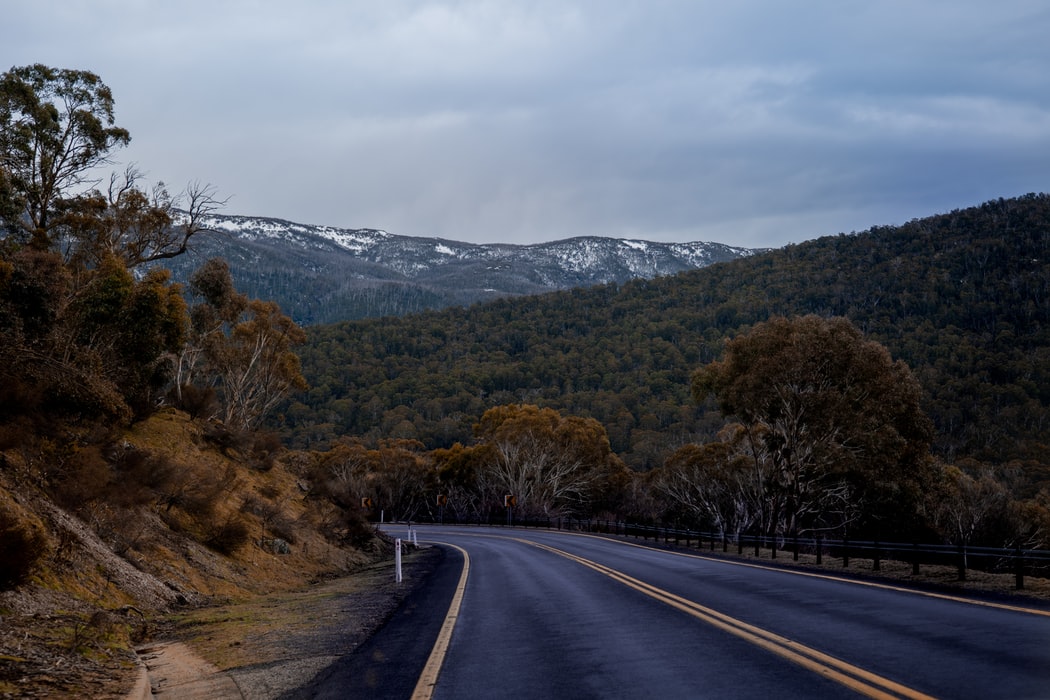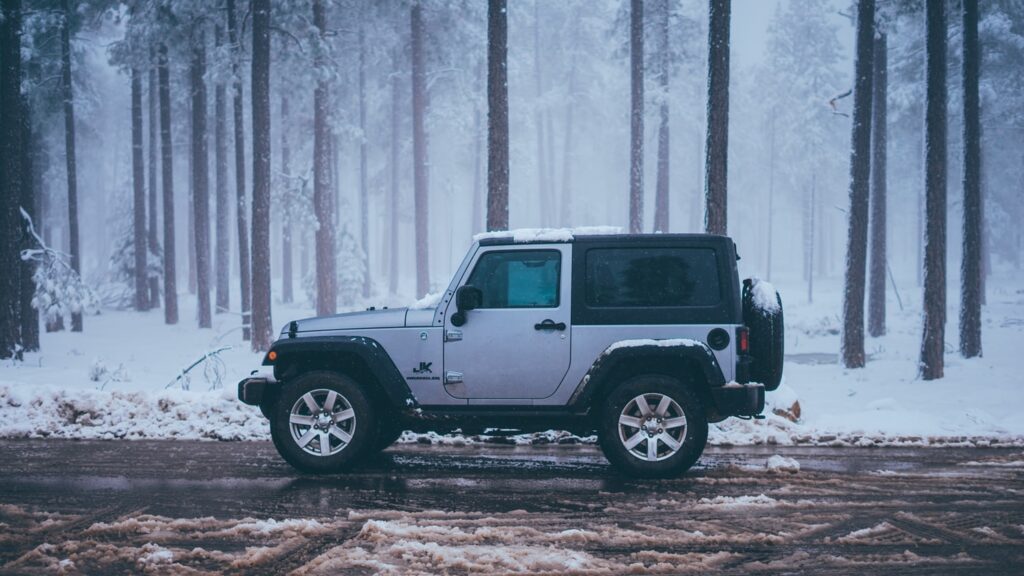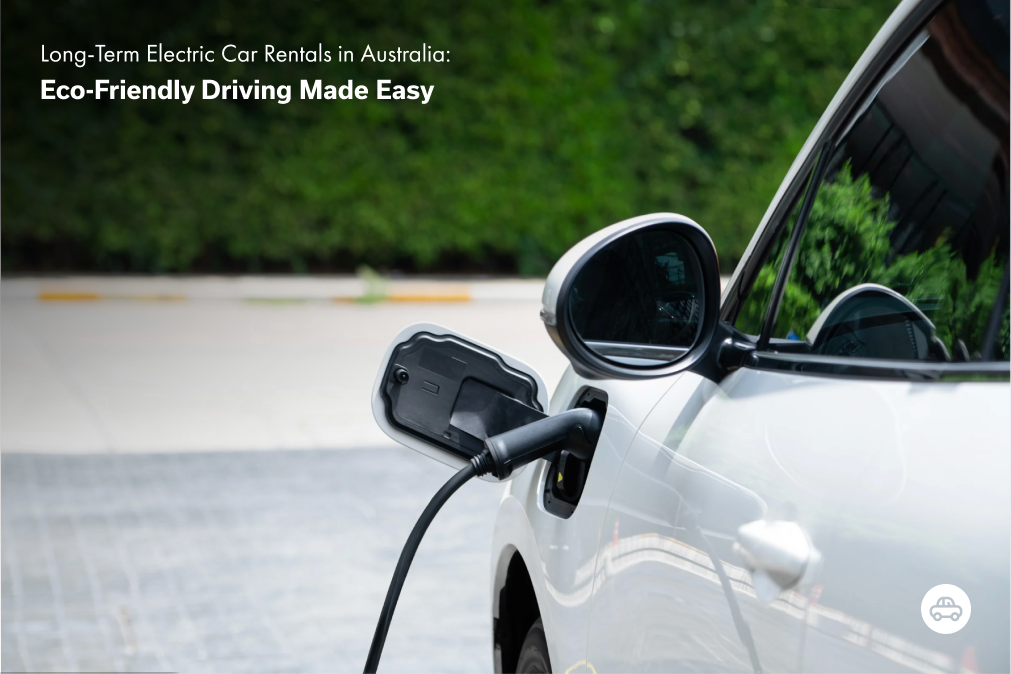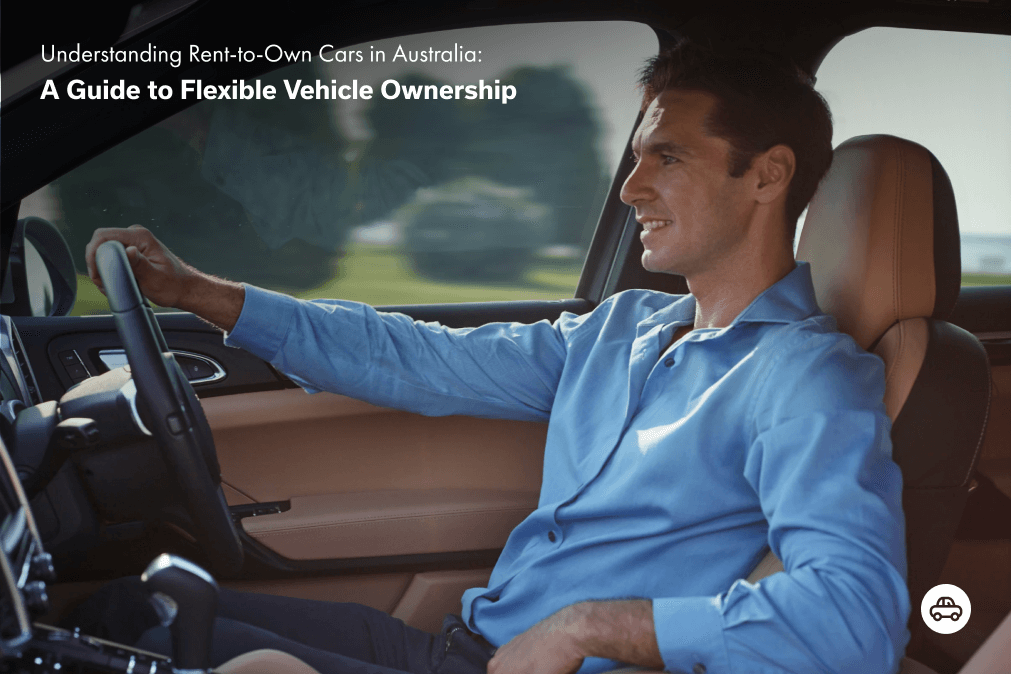Are you the type of driver who likes to go anywhere in your vehicle? Thinking about taking your car into terrain where you might come across some colder terrain, driving in snow and ice?
Most people assume you need a kitted out 4WD drive to tackle some wintery terrain. Most vehicles nowadays come standard with all season tires that can handle some cooler conditions but there are ways to improve your safety and maximise your grip on the road.
Here are some tips to make sure you are well prepared for your adventure.
On this page:
Knowing Your Car’s Capabilities Driving In Snow
Being prepared and knowing the limits of your car is one of the most important things before leaving for any journey, especially if you are taking your car into terrain that is unpredictable.
Knowing if your car is a two wheel, front or rear wheel; all wheel or a four wheel drive, is a great place to start as each of the drive types will handle differently. While a 2WD is safe and can drive on icy roads – a AWD or 4WD will have far greater traction on the road as it’s pulling from all 4 wheels as opposed to two.
Another great place to start looking, is to make sure the tires on your car are appropriate for the condition you intend to drive in. Having all-season tires might be fine for light winter conditions but when driving in snow and ice you might want to opt for a winter set. If you live in areas where you are subject to harsher winters, adding a set may help you avoid a potential accident by minimising the risk of slips and slides. When summer arrives however, make sure to switch the winter treds back to the all-seasons as the winter set will wear out far quicker on hot and drier roads.
Utilising Your Car’s Traction Control
Many cars come equipped with a traction control system, this is a feature that prevents the wheels from spinning when you accelerate on wet/icy surfaces. If the car’s computer system notices a speed difference between the drive wheels, the vehicle itself applies the brakes on the wheels and reduces the engine’s power.
Most manufactures allow you to temporarily disable the traction system – this can be advantageous when trying to rock back and forward out of a snowpack or climb up a steep and icy hill.
Experts say to utilise traction control where necessary and understand how it will ultimately change the way your car normally drives.
Drive To The Conditions
When driving in colder climates it’s fairly self explanatory that you’ll need to drive to the conditions. If your car does start to slide on the road, let the car slow down itself with a gentle application of the break. Sudden and sharp braking can worsen the severity of the slide.
With colder climates fog can also be a major hazard. Fog lights are a fantastic way to cut through and regain some visibility as they are low to the ground and flick the light quite wide on either side the carriage way. They also provide an extra layer of safety for you and other oncoming motorists.
In thick fog, if your car doesn’t have fog lights, drive with your hazard lights on and headlamps on low.
Attaching Chains
If you haven’t heard of chains, you now have! These lifesavers can drastically change the way your car handles driving in snow and gives you peace of mind travelling on black ice roads.
In Australia, especially Victoria and NSW there are laws that require drivers heading to the Australian Alpine regions to carry chains with them at all times above a certain altitude. Further to that, where specified the driver will have to have the chains attached to the vehicle and if the driver hasn’t complied with the law you could face fines.
When fitting the chains make sure you are attaching them to the appropriate wheels. For example, if your vehicle is a front wheel drive attach the chains to the front wheels and if it is a rear wheel drive attach to the back wheels. Authorities advise when driving with chains you shouldn’t exceed 40km/hour.
The chains will make the car feel and drive differently to normal. To be safe, take your time adjusting to the feel of the car when the chains are attached.
Take It Slow
Exceeding speed limits in normal conditions is dangerous and risky enough but adding slippery and hazardous conditions makes that a perfect combination for disaster. The objective is always to maintain maximum grip, so when driving on slippery roads make sure you are taking your time by driving smoothly, avoiding rapid acceleration, sharp movements and braking last minute. All these precautions can make for a far safer journey and ensure you can focus on enjoying your holiday.






